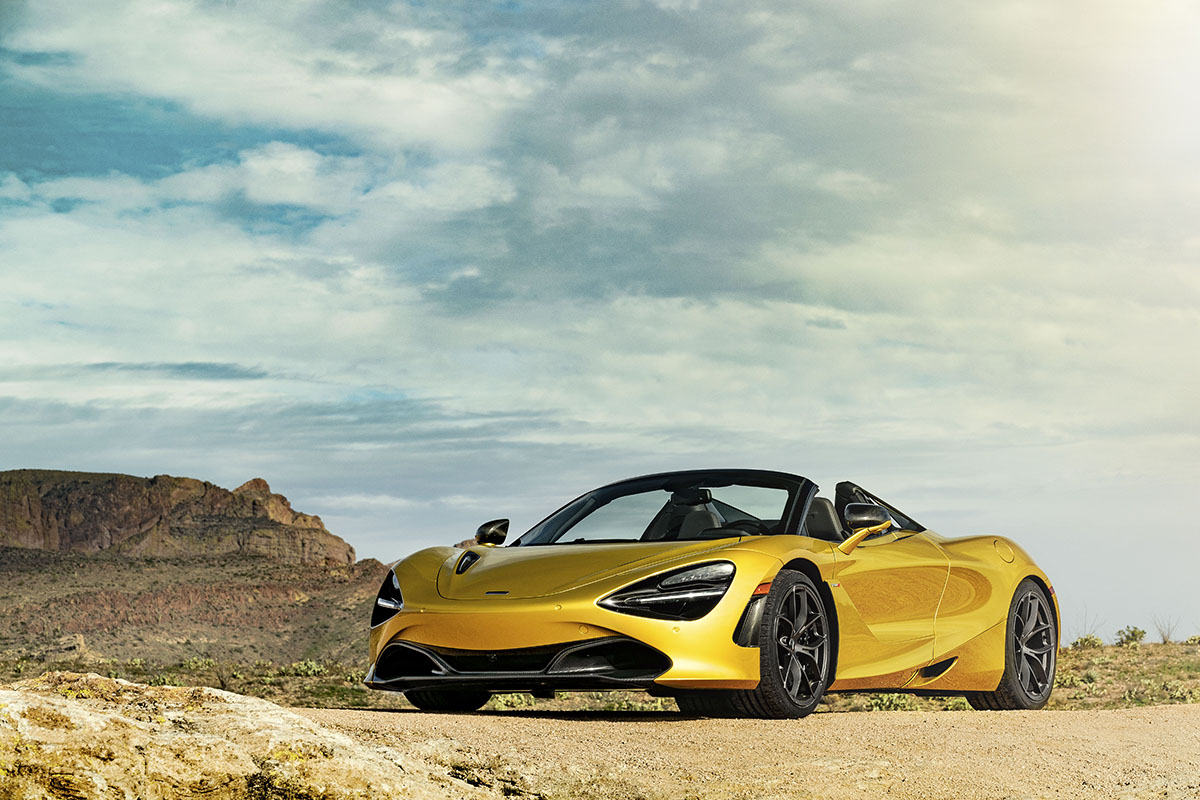
A perfectionist car that offers precision engineering, precision steering and immense speed
Darius Sanai sets off in a McLaren that promises both rawness and refinement
Anyone buying a car like this is likely to have a number of other cars – and even other McLarens – in their stable. Perhaps they have a couple in every home, or a selection of variants of the breed in a country garage. This also means that, more likely than not, a car such as this will only see occasional use. There will be many other cars, some just for fun, others to carry out rather more mundane activities.
So the motivation for buying such a car can often come from the particular emotions that the knowledge of ownership and the driving experience – however fleeting – offers. Some supercars are all about flamboyance; others are about emotions and actions, or at least claim to be.
Follow LUX on Instagram: luxthemagazine
In a couple of days of driving the 720S, it soon becomes clear what any owner will fall in love with about this car. Precision. The precision is there as soon as you turn the wheel, with the steering having a focused, perfectly weighted, granular feel superior to that of any of its rivals. Precision engineering is there also in its ability to smooth our bumps, which in many of its competitors are sharply transmitted to both driver and passenger.
This all translates to a feeling, when driving fast on good roads, that you are piloting a piece of exactitude that you could place to the nearest millimetre on the road, and which will respond with exactly as much performance as you need, according to how you bend your right ankle.
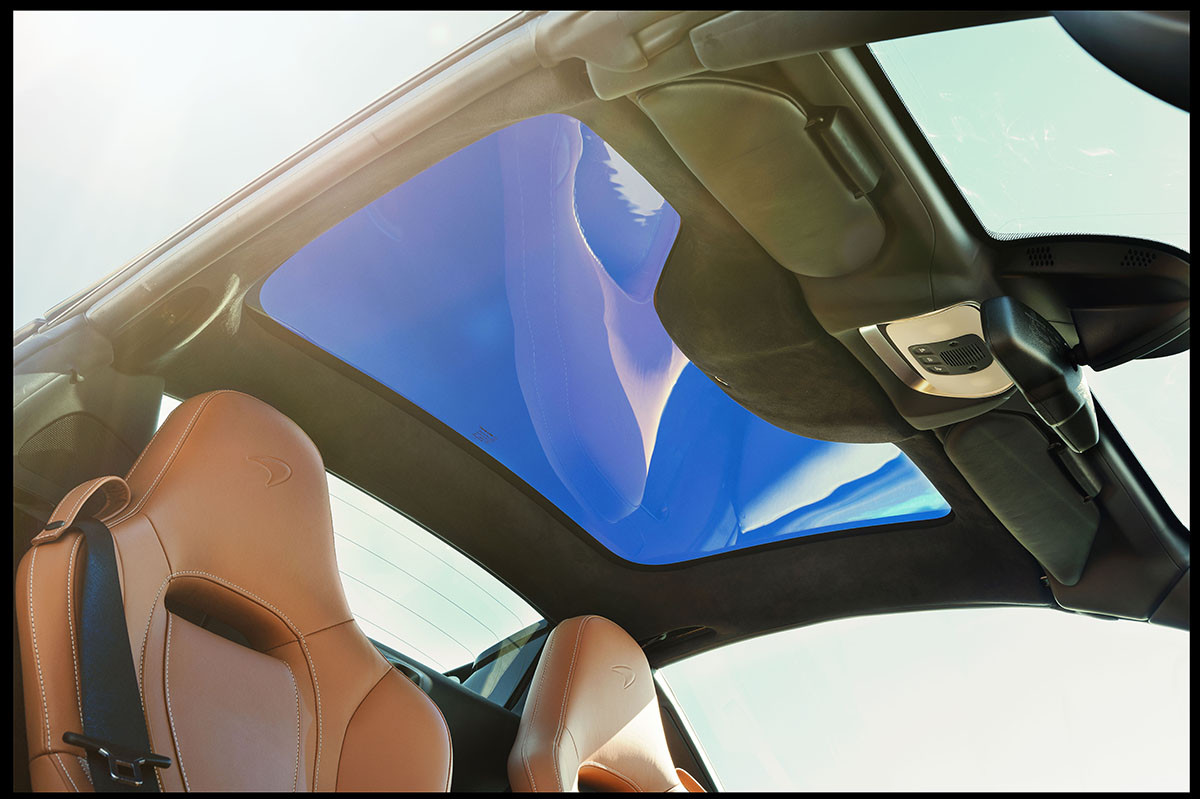
The elegantly understated interior of the McLaren 720S Roadster
Cornering in the McLaren is flat and low, but with a real sense of being connected to the road. It is not exactly raw, as there is much too much refinement and evident engineering to hand. But it is also far from being remote or too light to steer, like some competitors.
Anyone who has met McLaren’s modern founding father, Ron Dennis, will see his DNA in this car: it is in a pursuit of perfection that brooks no compromise. And that perfection is not just reflected in its performance and abilities; it is there in the comfort and refinement of a car that has every reason to have neither. Oh, and this is very, very fast – even at five times the price, a seven-figure hypercar would have difficulty shaking off a 720S.
We liked the interior, which is rather on the understated side for this type of car. It is efficient and swathed in the fake suede that high-performance car manufacturers seem to love. It is distinctive without being flamboyant in the low, quite central, seating positions – this is not a car in which you would take a passenger you dislike.
Read more: Porsche Reviews Series: 718 Cayman GTS and 718 Boxster GTS
One question we always ask about supercars concern their looks: how crazy, or otherwise, should they be? Here, McLaren has chosen to sit firmly in the middle between the sometimes rather understated recent creations of Ferrari, and the wild-looking cars of Lamborghini.
The 720S is currently being replaced by an updated model, so, if it matters to you, you may be able to get quite a good deal on this one. It is still one of the fastest cars anywhere on the road. And, as a pinnacle of car engineering, it is a must for any collection of normal production (as opposed to limited-edition) supercars.
LUX Rating: 19/20. A contemporary classic.
This article first appeared in the Autumn/Winter 2023/24 issue of LUX



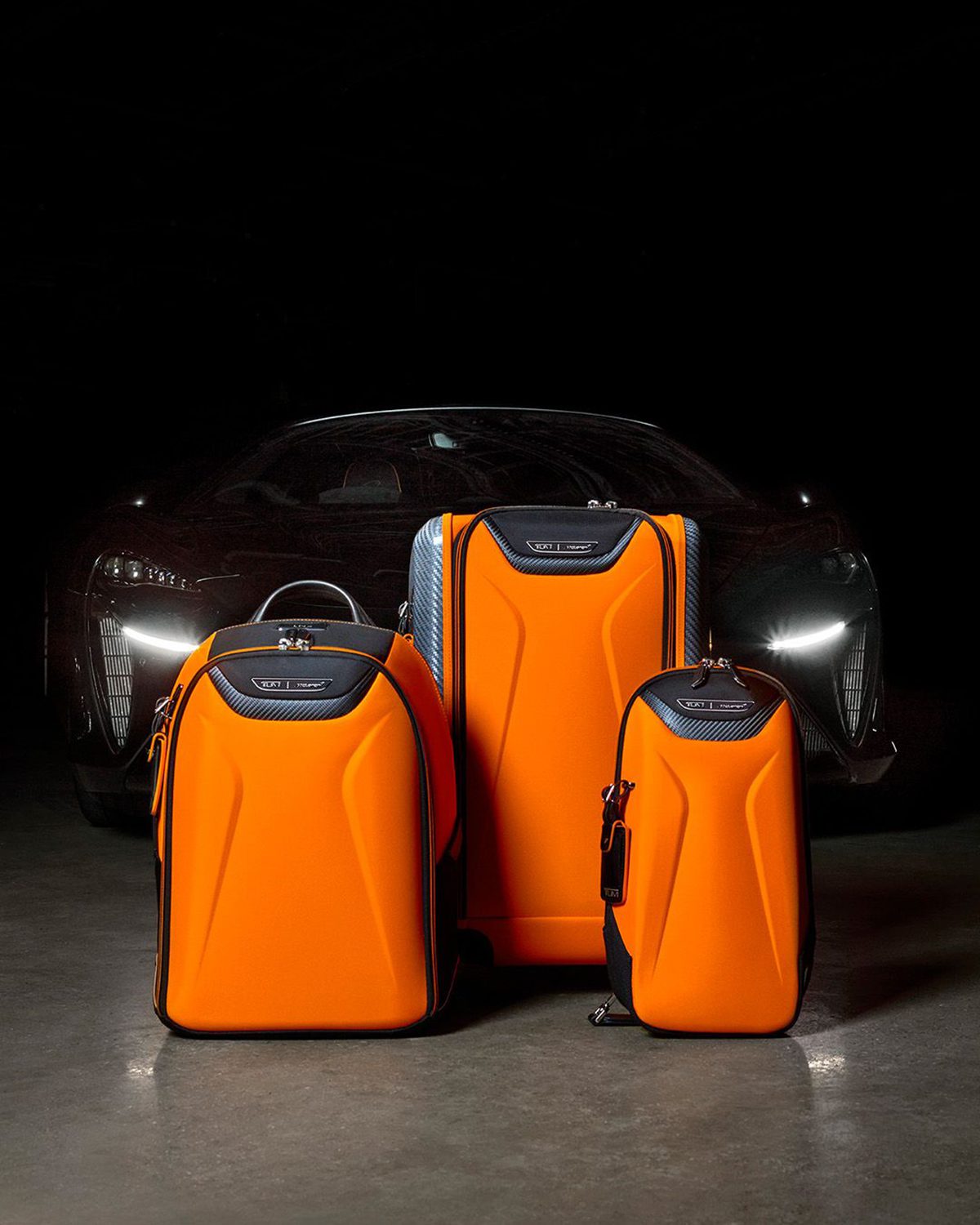




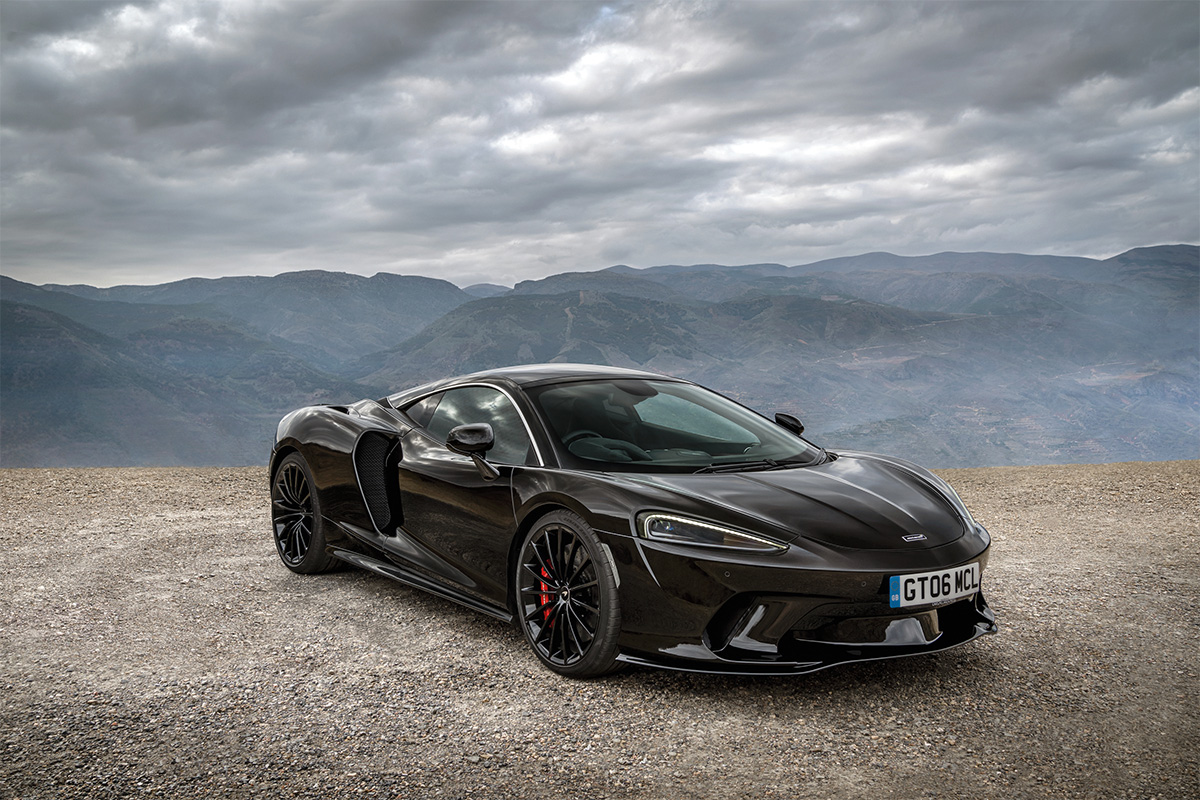
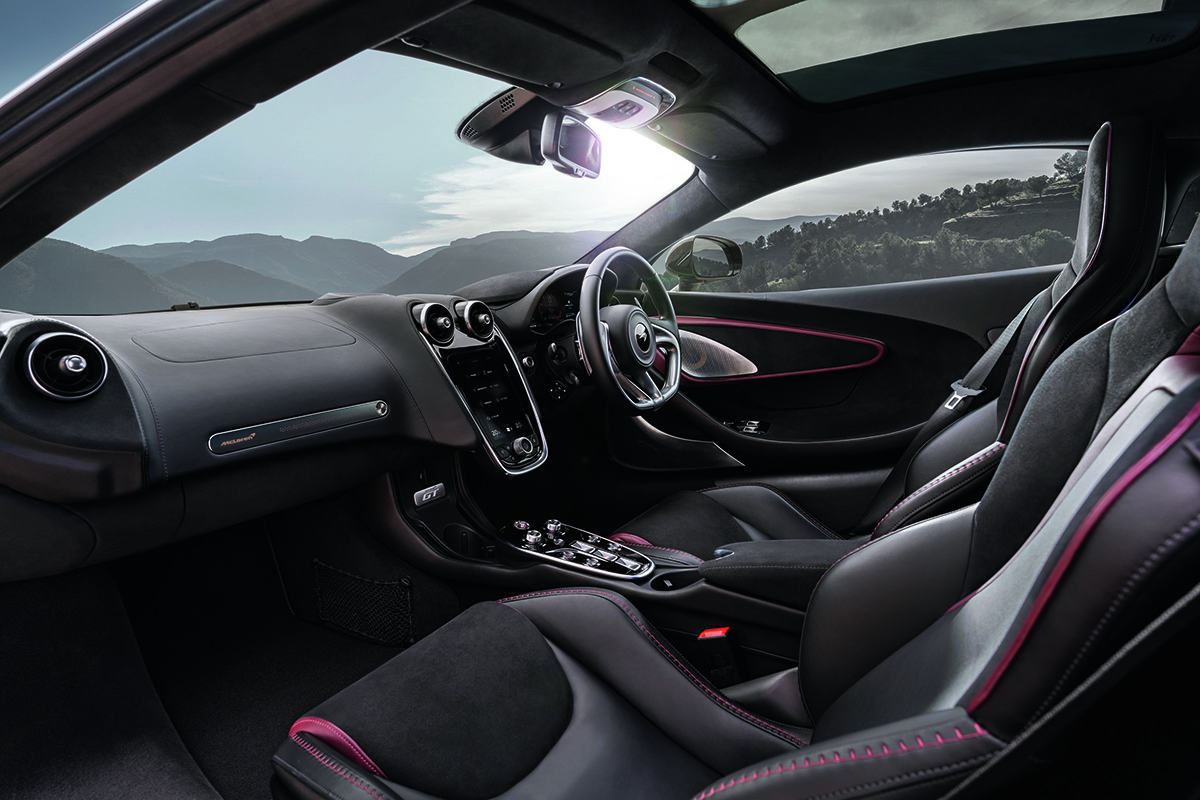
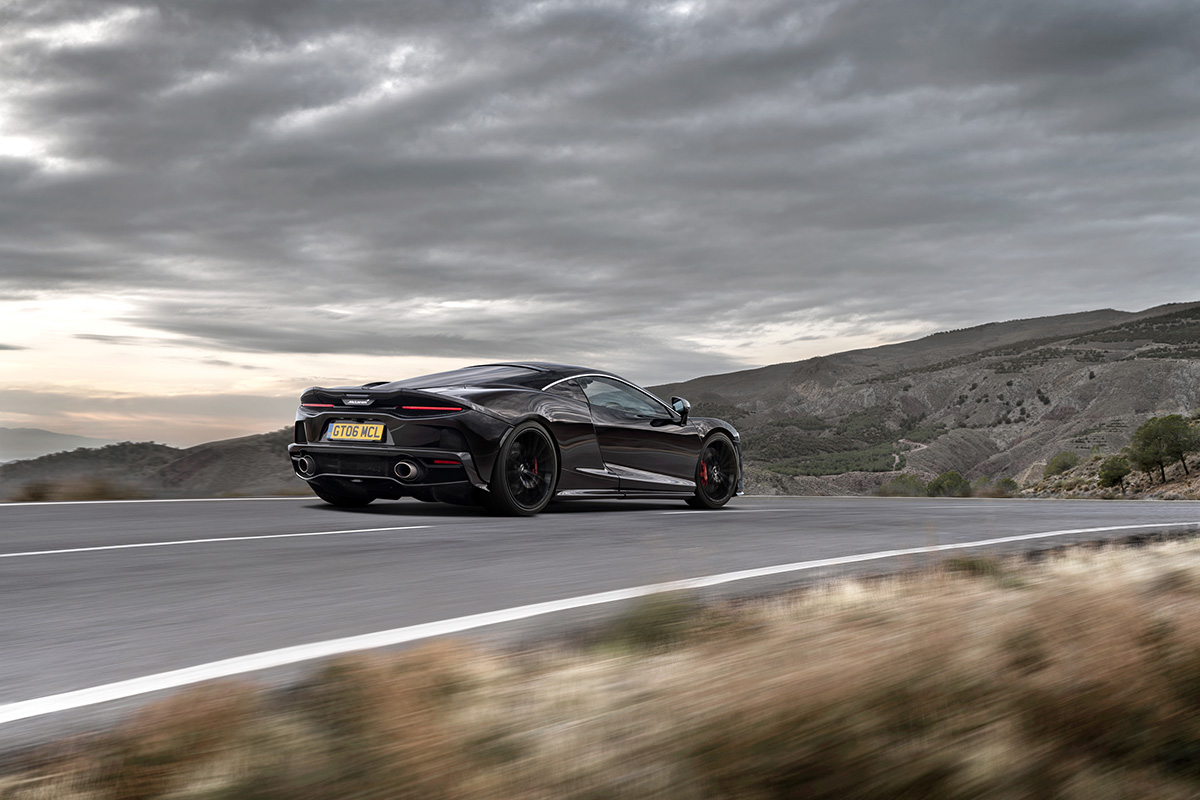
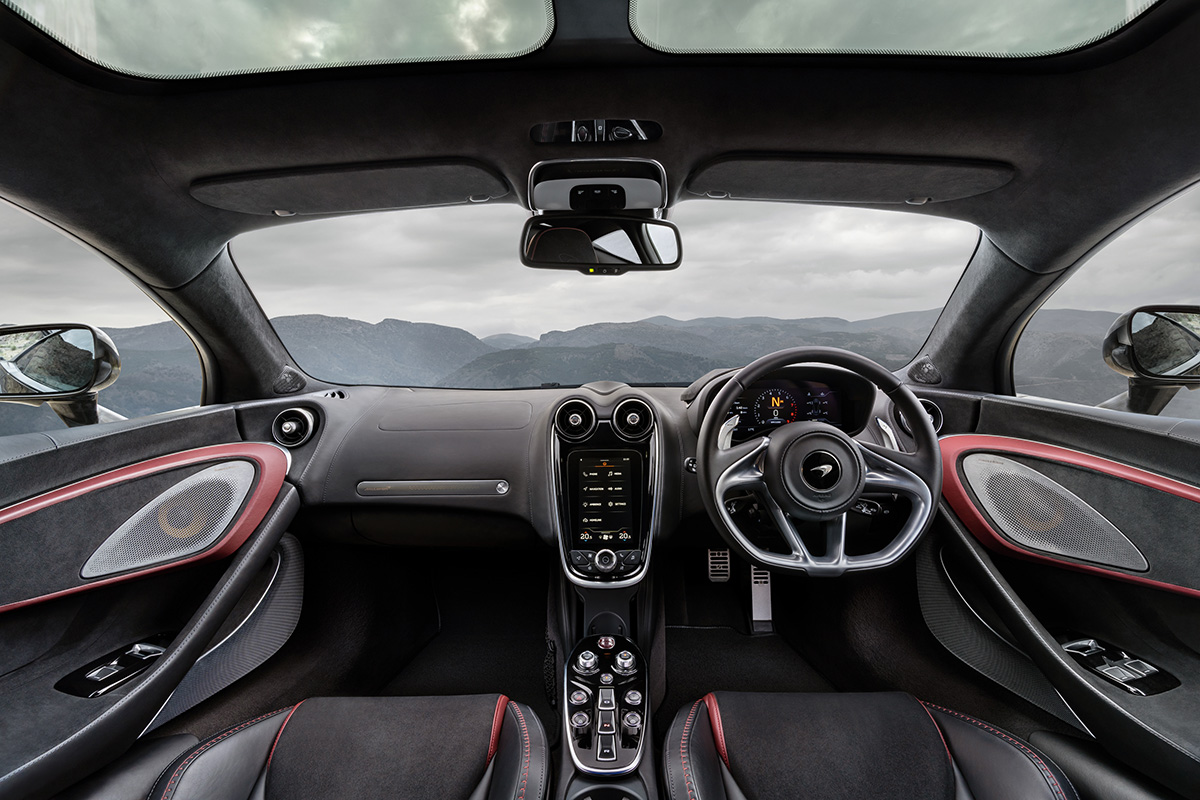



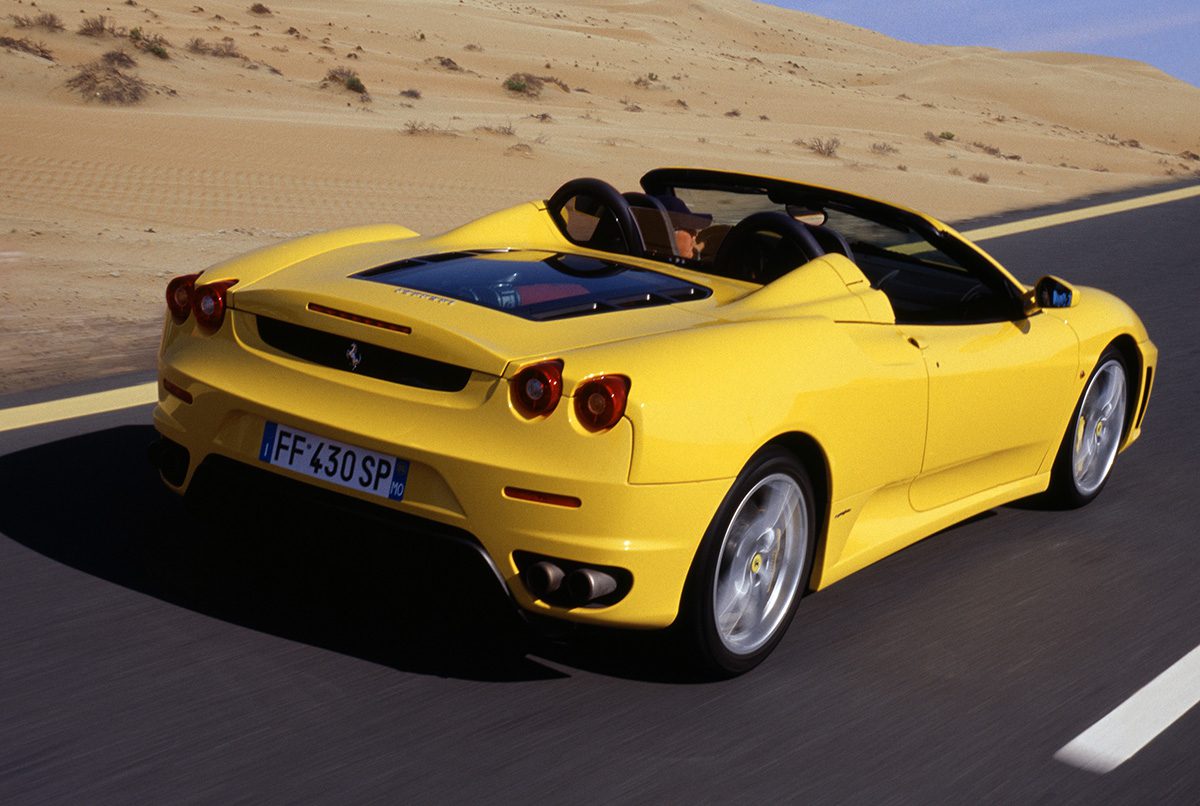
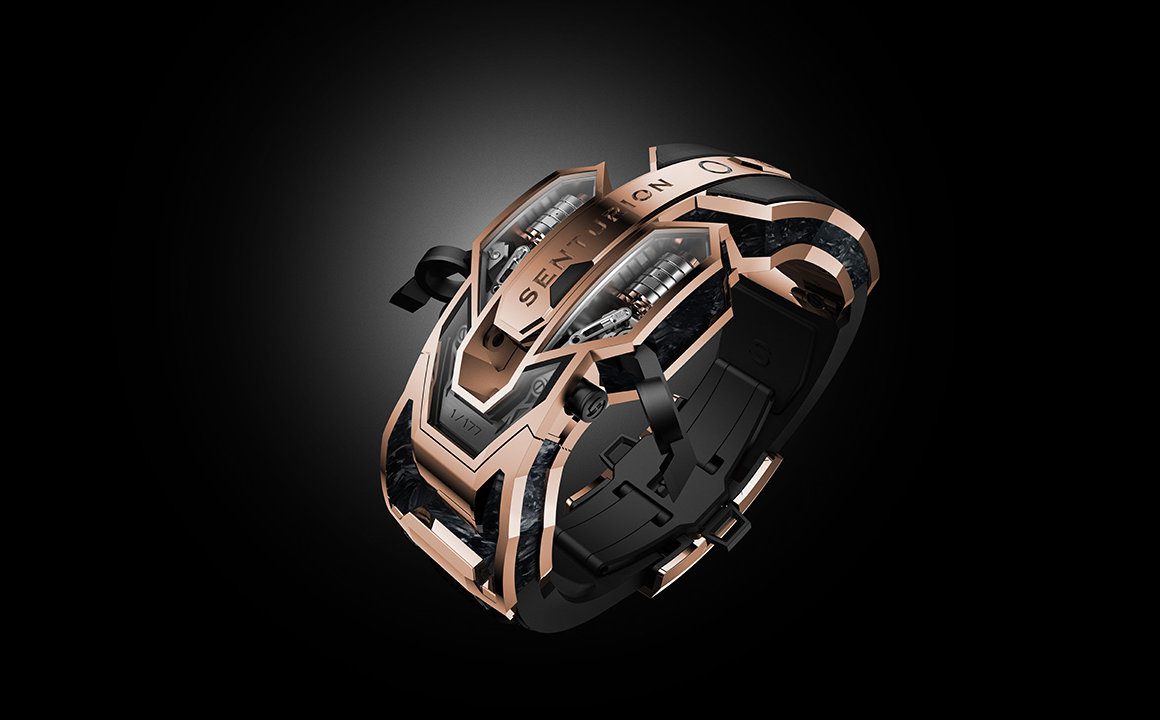
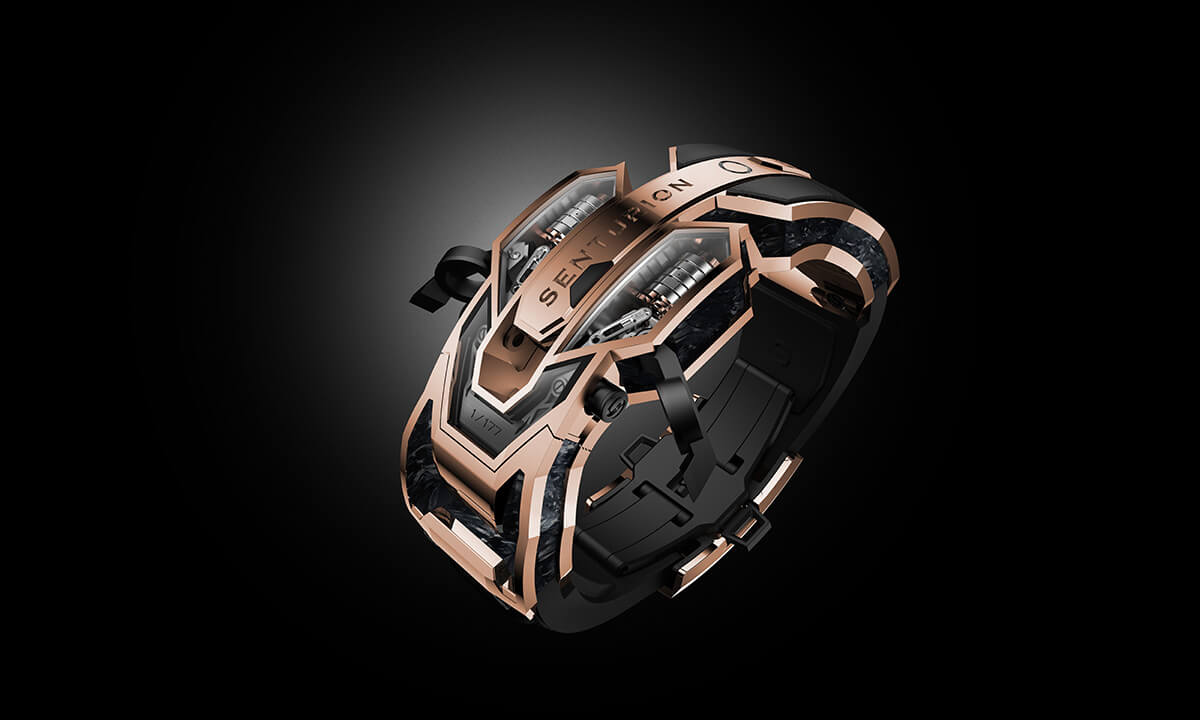
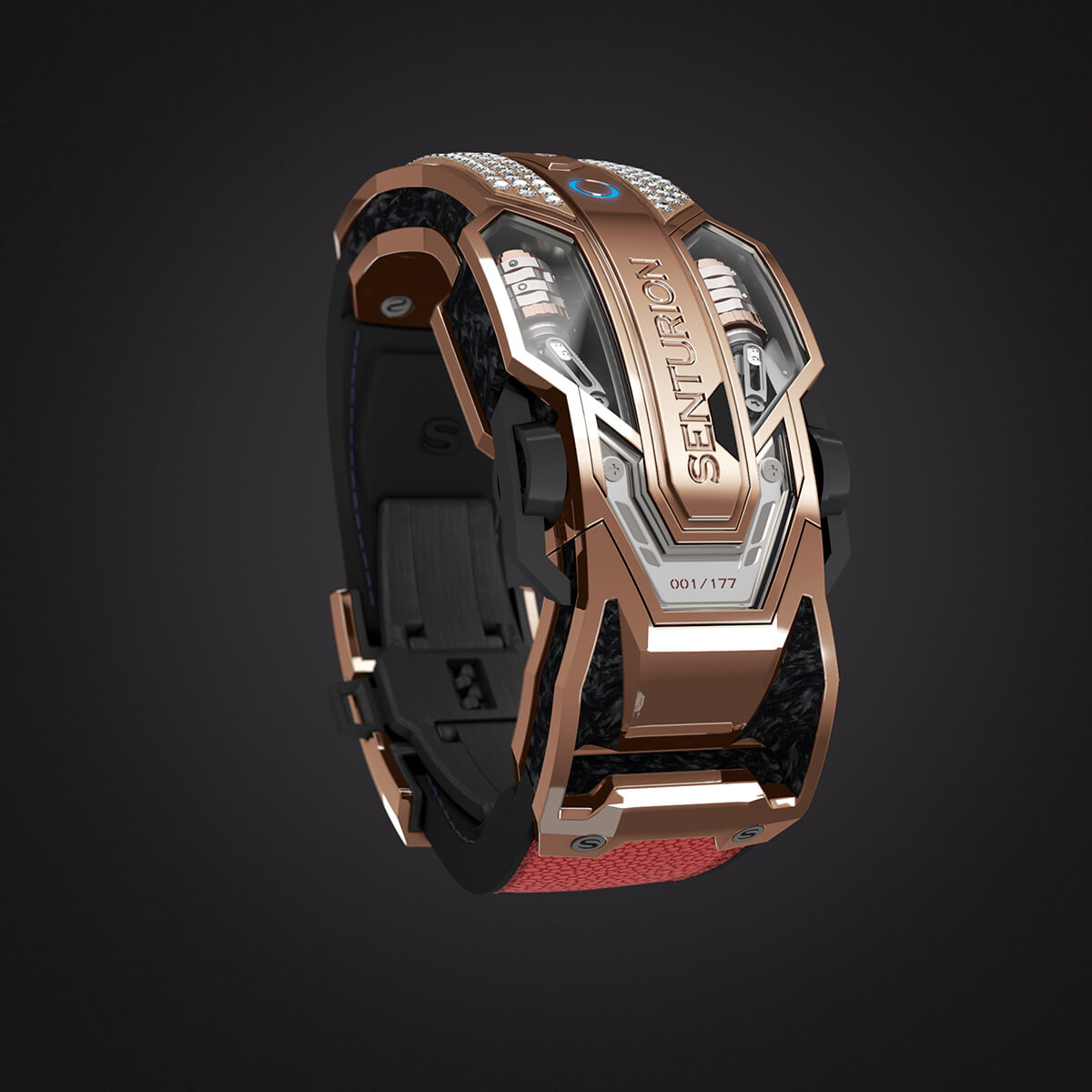
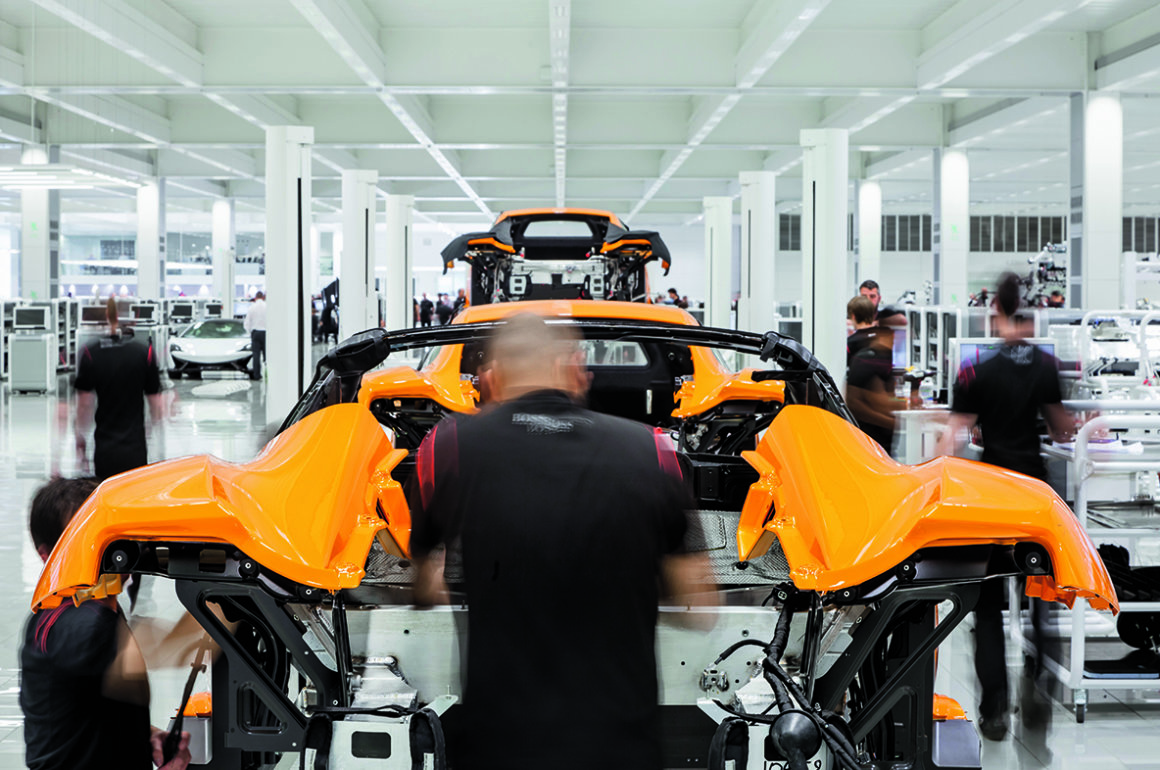

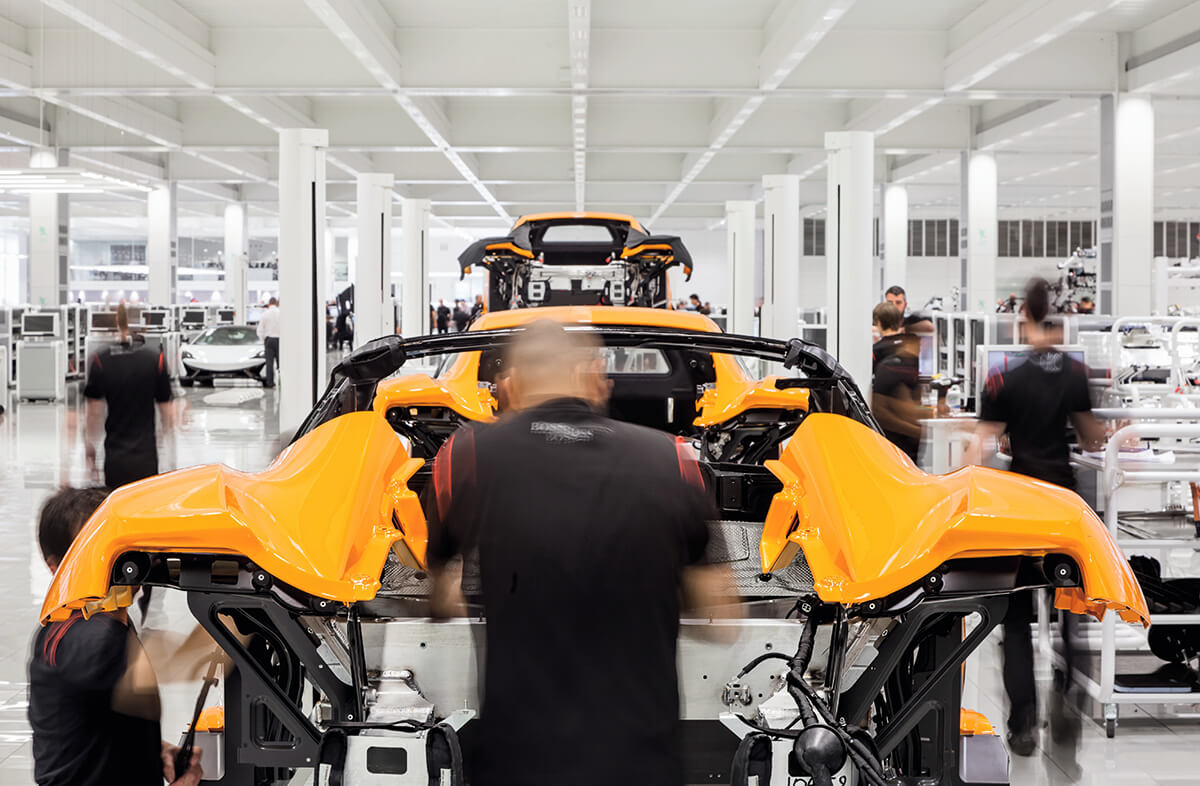
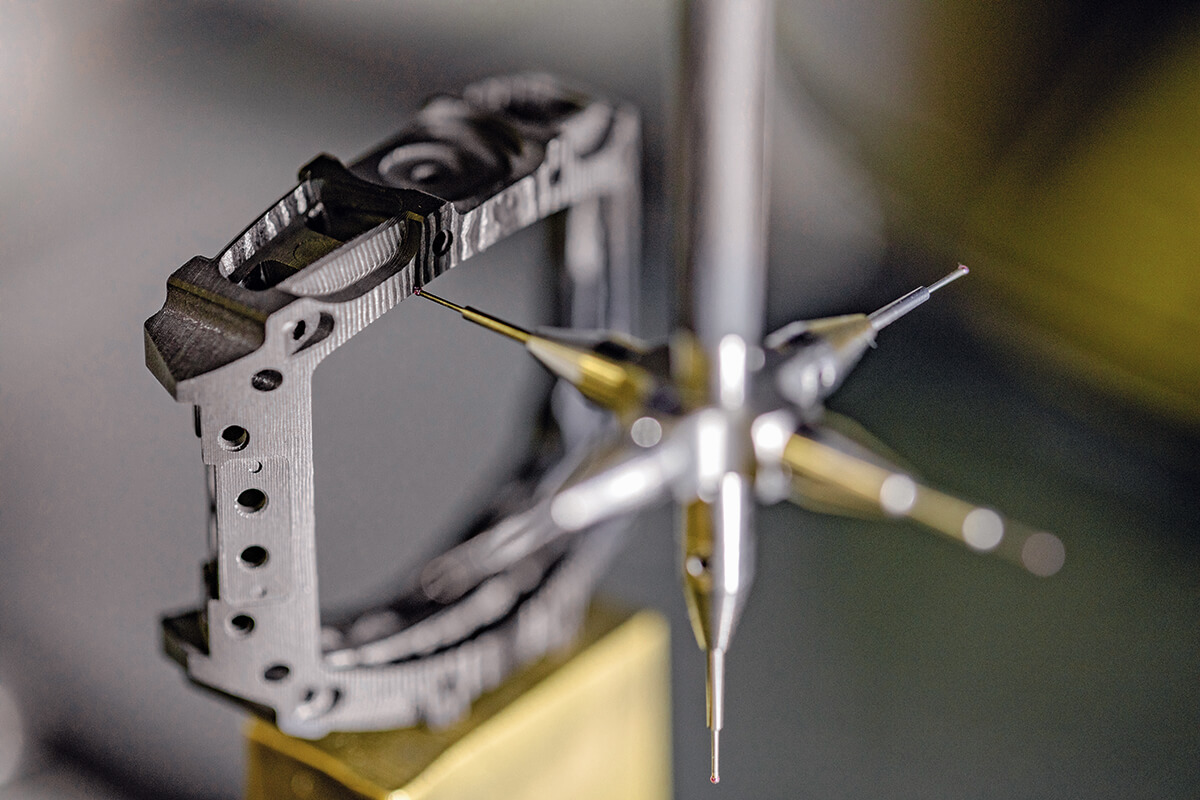
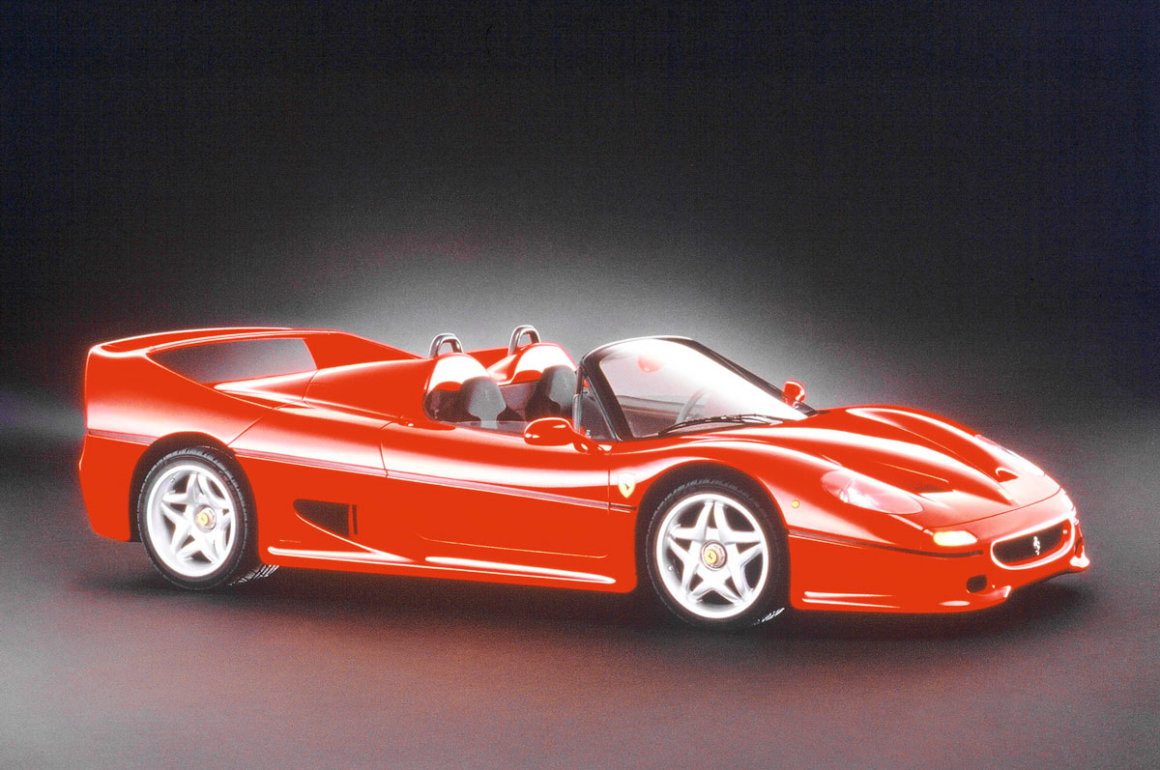








Recent Comments